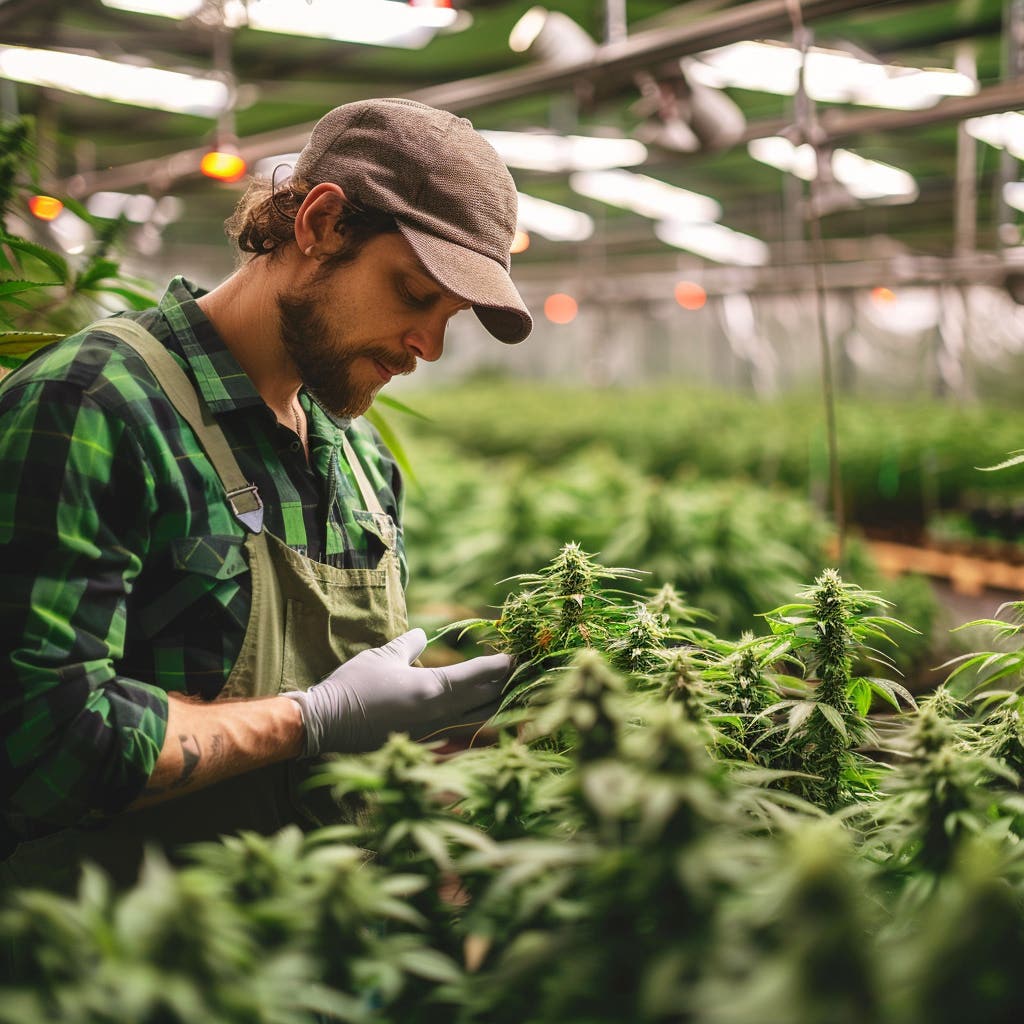1. Air Circulation and Ventilation
-
Proper Airflow: Ensure adequate air circulation within the grow room by strategically placing fans and ventilation systems. This helps remove stagnant air and prevents heat pockets from forming.
-
Intake and Exhaust Fans: Use intake fans to bring in fresh air from outside the grow room and exhaust fans to expel hot air. Position fans strategically to create a continuous flow of air, promoting temperature regulation.
2. Cooling Systems
-
Air Conditioning (AC): Install an air conditioning unit to actively cool the grow room. AC units can maintain stable temperatures, even during hot weather or in regions with high ambient temperatures.
-
Evaporative Cooling: Utilize evaporative coolers or misting systems to cool the air. These systems work by evaporating water, which reduces the temperature in the grow room.
-
Chilled Water Systems: Implement chilled water systems, such as water-cooled air conditioning or radiant cooling systems, to lower the temperature. These systems circulate chilled water through pipes or cooling pads, effectively cooling the air.
3. Reflective Surfaces and Insulation
-
Reflective Materials: Use reflective surfaces, such as Mylar or reflective films, on walls and ceilings to bounce light back onto the plants. This prevents excessive heat buildup from the lights and helps maintain cooler temperatures.
-
Insulation: Insulate the grow room to minimize heat transfer. Use insulation materials on walls, floors, and ceilings to create a thermal barrier and prevent heat from entering or escaping the space.
4. Light Management
-
LED Grow Lights: Opt for energy-efficient LED grow lights that emit less heat compared to traditional lighting systems like HPS or MH. LEDs generate less heat, reducing the cooling requirements for the grow room.
-
Light Schedule: Adjust the light schedule to minimize heat during the hottest parts of the day. Consider running lights during the cooler periods, such as evenings or nights, to avoid additional heat stress.
5. Humidity Control
- Dehumidifiers: Install dehumidifiers to manage excessive humidity levels in the grow room. High humidity can compound the heat stress on plants, so maintaining optimal humidity levels helps alleviate heat-related issues.
6. Environmental Monitoring and Automation
-
Temperature Sensors: Use temperature sensors to monitor the grow room's temperature accurately. This data can help identify temperature fluctuations and enable timely adjustments.
-
Automated Systems: Consider using automated systems to control temperature and cooling equipment based on predefined parameters. These systems can provide precise temperature control and optimize cooling efficiency.
By implementing these cooling strategies, cannabis growers can maintain optimal temperatures in their grow rooms, creating a conducive environment for healthy plant growth and maximizing yields.
















